In the realm of transportation and logistics, the integration of efficiency, safety, and affordability is paramount, particularly when dealing with hazardous materials such as liquefied petroleum gas (LPG). For businesses and entrepreneurs considering the acquisition of an LPG gas tanker in Zambia, understanding the price dynamics and the factors influencing these costs is crucial. This comprehensive guide elucidates the variables affecting LPG gas tanker prices, the specific offerings available, and tips on making an informed investment decision.
Understanding LPG Gas Tankers
What is an LPG Gas Tanker?
LPG gas tankers are specialized vehicles designed to transport liquefied petroleum gas safely and efficiently. These tankers are categorized primarily by their size, type, and capacity, each tailored for various operational needs. The essential characteristics of LPG tankers include:
- Material Composition: Built using high-strength steel or aluminum to withstand high-pressure conditions.
- Insulation: Advanced insulation technologies to maintain the gas’s liquid state during transport.
- Safety Features: Equipped with advanced safety systems, such as pressure relief valves, leak detection, and emergency shut-off mechanisms.

Key Types of LPG Tankers
- Small Capacity Tankers: Typically used by small distributors and local businesses, with capacities ranging from 1,000 liters to 5,000 liters.
- Medium Capacity Tankers: Suitable for mid-sized operations, with capacities between 5,000 liters and 15,000 liters.
- Large Capacity Tankers: Designed for larger enterprises and corporate use, these tankers often exceed 15,000 liters and may be custom-designed to meet specific needs.
| Type | Capacity Range | Ideal For |
|---|---|---|
| Small Capacity | 1,000 – 5,000 L | Local distributors |
| Medium Capacity | 5,000 – 15,000 L | Mid-sized businesses |
| Large Capacity | 15,000+ L | Large corporations |
Factors Influencing LPG Gas Tanker Prices in Zambia
The prices for LPG gas tankers are influenced by a multitude of factors. Understanding these variables provides better insights for potential buyers.
1. Manufacturing Quality and Standards
The quality of materials and adherence to international safety and manufacturing standards significantly impacts pricing. Tankers manufactured with high-grade materials and stringent quality controls command higher prices due to enhanced durability and safety.

2. Capacity and Size
As evident from the table above, the capacity of the tanker directly corresponds to its price. Larger capacity tankers offer better value per liter transported but necessitate a higher upfront investment.
3. Safety Features and Innovations
Innovations in safety technology, such as enhanced leak detection systems, automated pressure relief valves, and smart monitoring systems, can lead to increased costs. However, these features may offer long-term savings by reducing the risk of accidents and non-compliance penalties.
4. Customization Options
Clients often seek customized tankers to suit specific operational requirements. Customization can include unique tank sizes, specialized fittings, or additional features like insulation for extreme temperatures, all of which can escalate the overall price.

5. Market Demand and Economic Conditions
Prices for LPG gas tankers can fluctuate based on market demand and the economic situation in Zambia. A surge in demand or changes in fuel prices could lead to increased tanker prices as manufacturers respond to market conditions.
Overview of LPG Gas Tanker Prices in Zambia
Gauging the price landscape is essential for prospective buyers. As of the latest data in 2023, prices for LPG gas tankers in Zambia range broadly based on the aforementioned factors.
| Tanker Type | Estimated Price (ZMK) |
|---|---|
| Small Capacity | 250,000 – 500,000 |
| Medium Capacity | 500,000 – 1,000,000 |
| Large Capacity | 1,000,000 – 2,500,000 |
Price Comparison with Competitors
Considering the competitive landscape within Zambia, it’s vital to evaluate LPG gas tanker prices relative to offerings from other manufacturers. CarMax Trailer is known for providing high-quality tankers at competitive prices. Scrutinizing aspects like warranties, after-sales support, and maintenance packages can guide purchasing decisions.

Buying Tips for LPG Gas Tankers
When considering the purchase of an LPG gas tanker, it is essential to navigate the selection process with diligence. Here are steps to facilitate an informed decision:
1. Research Different Manufacturers
Invest time in understanding the market offerings from various manufacturers. Renowned manufacturers like CarMax Vehicle provide detailed specifications and designs catered for safety and efficiency.
2. Evaluate After-Sales Support
After-sales service is a crucial factor that affects the longevity of your investment. Inquire about warranty periods, maintenance services, and availability of spare parts. A robust support system can significantly reduce downtime and repair costs.

3. Consider Financing Options
Explore financing options available for purchasing an LPG gas tanker. Many manufacturers offer flexible payment plans, helping businesses manage cash flow effectively while still acquiring necessary equipment.
4. Compliance with Regulatory Standards
Ensure that any tanker purchased adheres to local regulations and international safety standards. This compliance minimizes legal risks and enhances the safety of transporting LPG.
5. Perform a Cost-Benefit Analysis
Finally, conduct a thorough cost-benefit analysis to weigh the pros and cons of various tankers. Consider the total cost of ownership, including maintenance, fuel efficiency, and potential downtime against the expected ROI.

Conclusion
Acquiring an LPG gas tanker in Zambia is a significant decision that involves multiple factors, including price, safety, capacity, and manufacturer reliability. By understanding the market landscape, evaluating the pricing structure, and following sound purchasing practices, businesses can make informed decisions that enhance operational efficiency and safety in transportation.
Investing in high-quality LPG gas tankers like those manufactured by CarMax Vehicle ensures compliance, safety, and performance, making them a robust choice for enterprises looking to streamline their LPG distribution operations.
FAQs
1. What are the maintenance requirements for LPG gas tankers?
Routine maintenance typically includes checking for leaks, testing pressure relief valves, and ensuring that safety systems are functional. Regular inspections by certified personnel are crucial.
2. Can LPG gas tankers be customized?
Yes, many manufacturers offer customization options for LPG tankers to meet specific operational needs, including tank size, fittings, and safety features.
3. What safety certifications should an LPG gas tanker have?
It is essential for LPG tankers to comply with local and international standards, such as those set by the International Organization for Standardization (ISO) and local regulatory bodies.
4. How does one calculate the total cost of ownership for an LPG gas tanker?
The total cost of ownership includes initial purchase price, maintenance costs, fuel efficiency, insurance, and potential downtime costs. A thorough analysis of all these factors can help businesses gauge the financial impact of their investment.






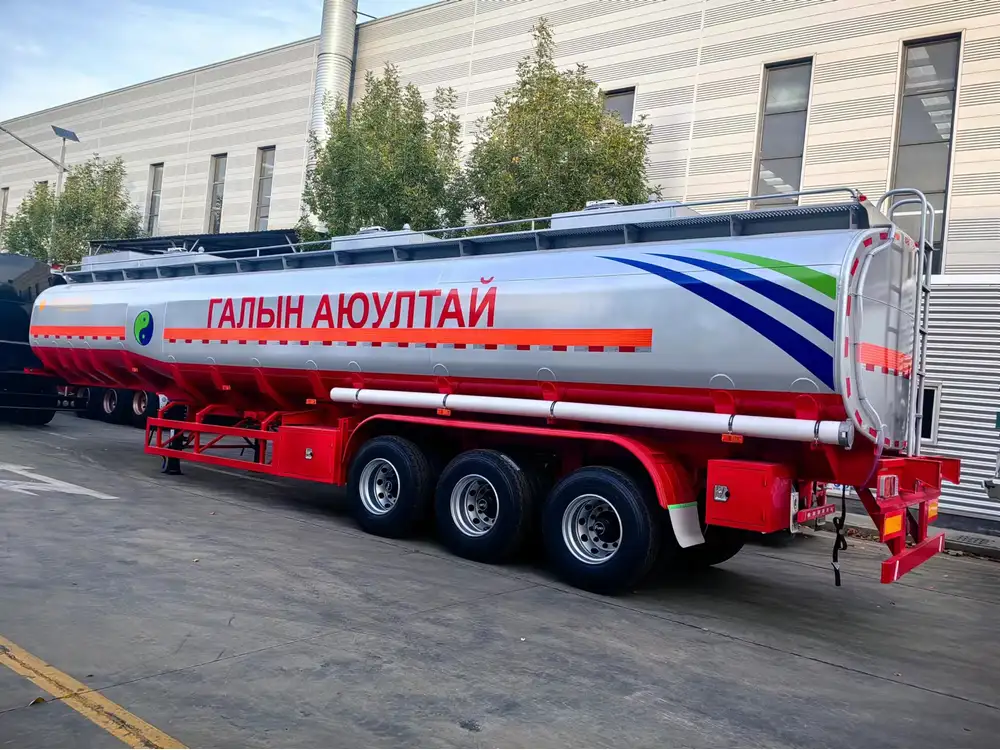
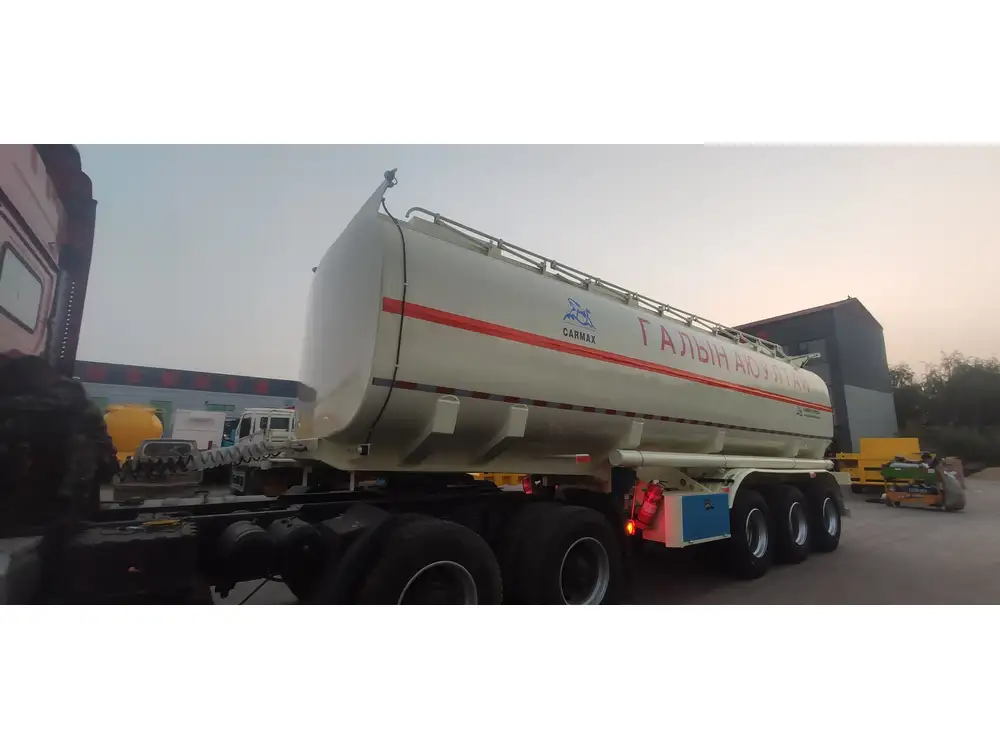
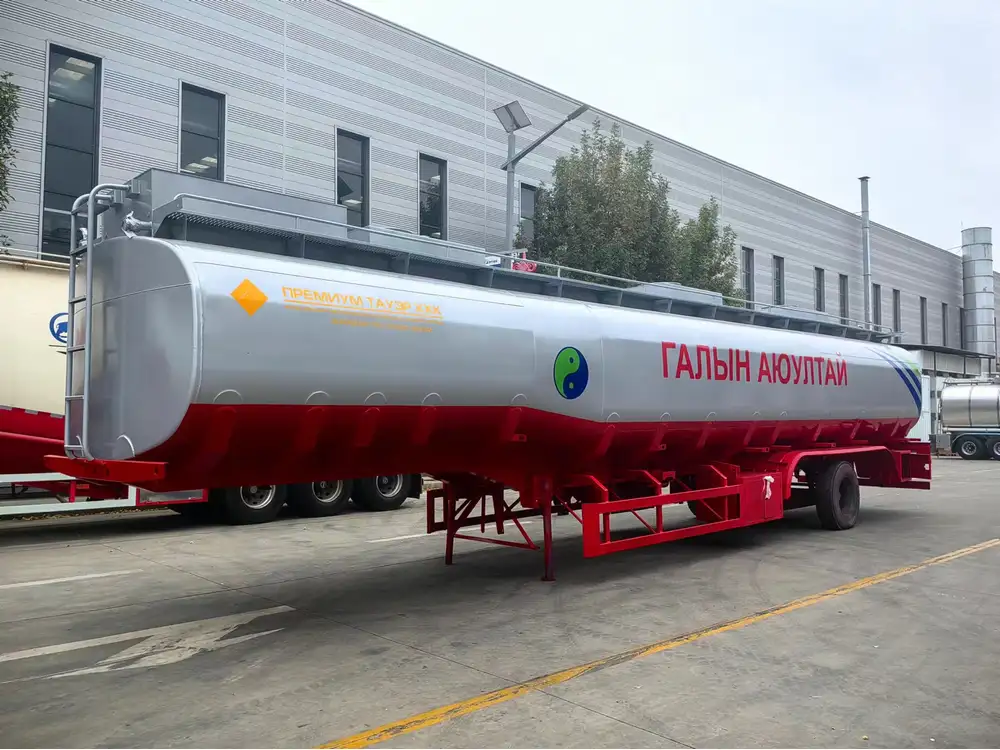
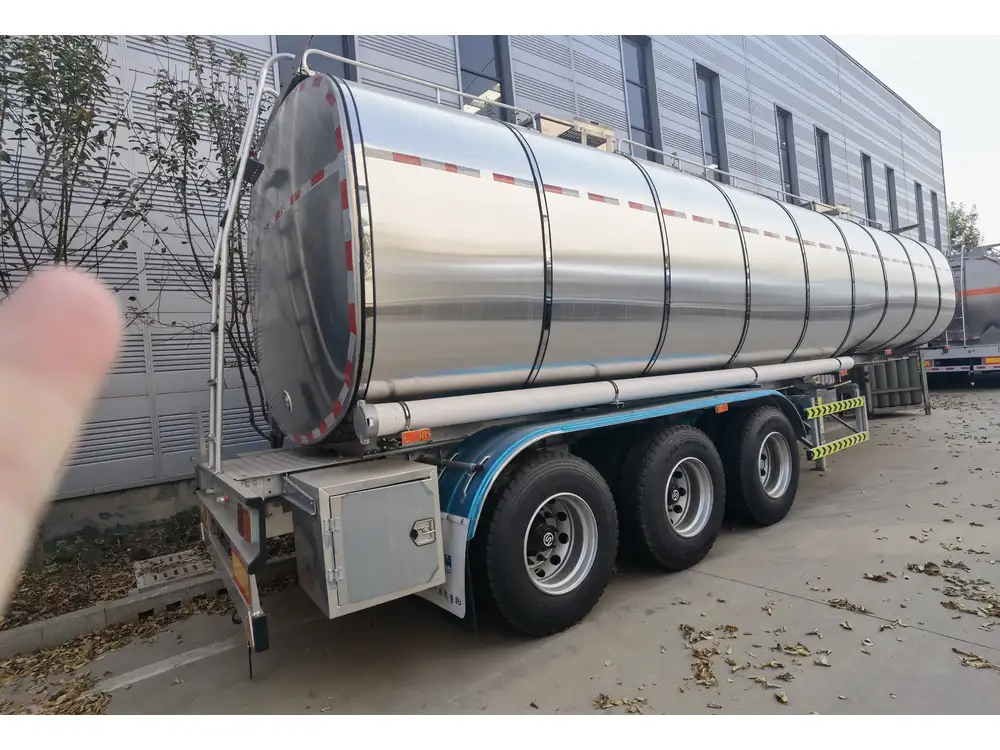
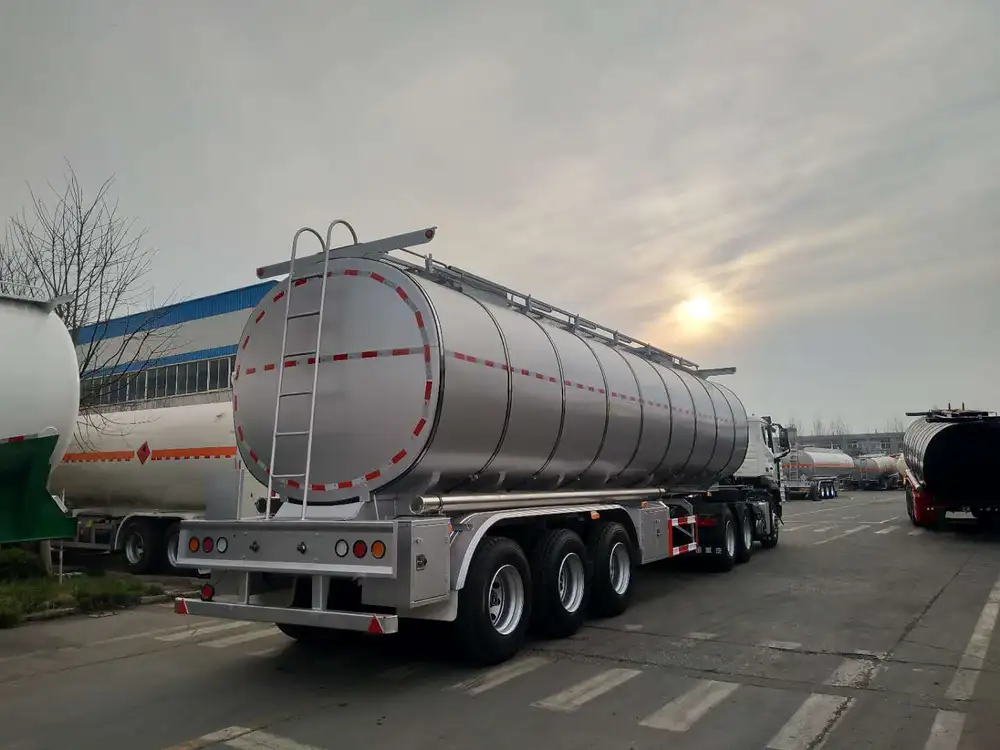


Reviews
There are no reviews yet.